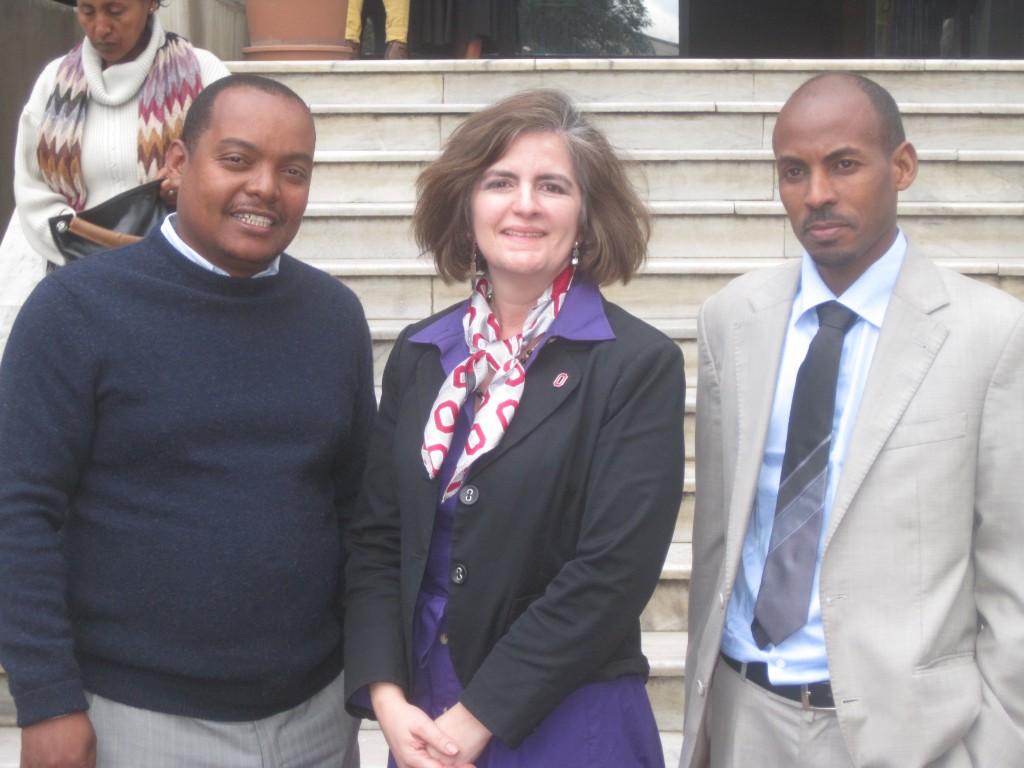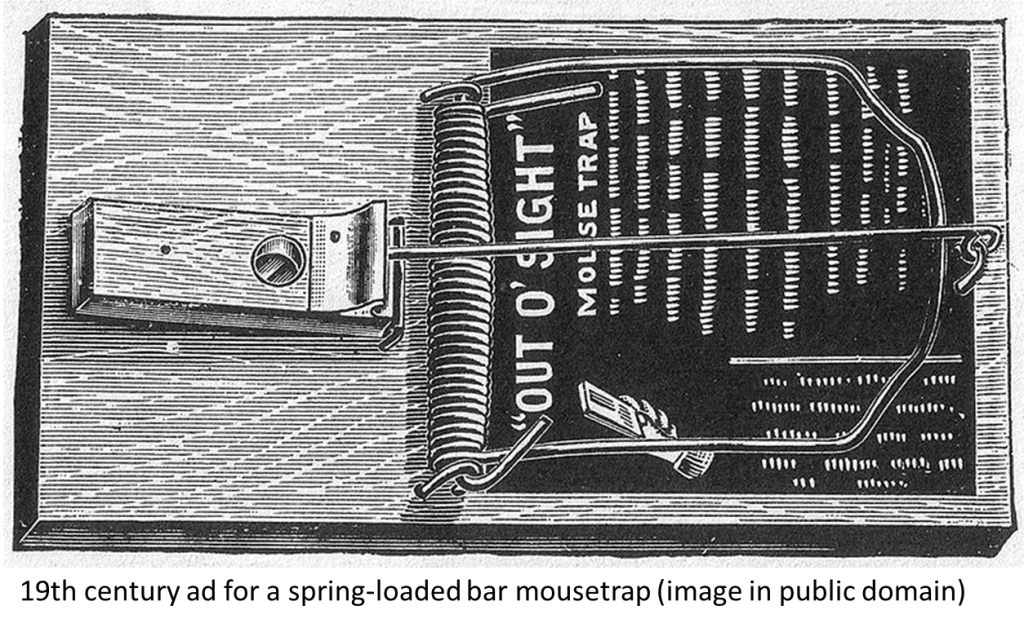When I was 22, I volunteered for a work assignment, then chickened out at the last second. I was a rookie newspaper reporter. The task was to get the vote counts for our county on election night and call them in to a national network.
This sounded very cool, but then I got intimidated. At the last second, I backed out. For a short while, that county had a blank spot on the national network’s map.
I’m still embarrassed about it years later.
But it also taught me a good lesson – refusing to step outside of your comfort zone has consequences and not just for you. Your organization and your coworkers also have to deal with the results.
Since then, I have avoided fear-based decision-making.
In fact, over the last year, I’ve stepped outside of my comfort zone at work on several key projects. This has resulted in opportunities I never would have had and has paid off for my university.
In early 2013, I voluntarily left a secure job for a newly created position in the same university. We needed some big, splashy attention that illustrated the combined strength of our health sciences colleges to our key audiences, especially alumni and friends.
I took a risk and invested in a plane ticket to Ethiopia for our staff photojournalist. He followed our faculty and students for two weeks, documenting their work in video and photography.
No one in our university had made quite that kind of investment before.
As a result, we got great content that has been used in multiple places. Here are three:
Not only did my risk pay off for me, but it paid off for my institution and my colleagues.
In the same year, I applied for a Fulbright grant, got it, and traveled to Ethiopia for a four-week communications project. This was a risk:
- My university has many faculty and student Fulbrighters, but few staff take advantage of the Fulbright.
- I had never been to Africa.
- I would be away from my family for just over a month.
This was definitely stepping outside of my comfort zone! But what an experience for me and a great payoff for my university. Throughout my project, I was able to represent my university to key health partners in Ethiopia.

An important ingredient here is supervisor support. My supervisor supported me in both the examples above, knowing that these were outside of the norms for our university.
The key is to link those risks to the business purpose.
In both my examples above, the risks were linked to a strategic purpose. We want to show the world the collective strength of my university’s health sciences colleges. Our One Health initiative in Ethiopia accomplishes that goal. The photojournalist and my Fulbright project are tactics in support of the communications strategy.
These experiences also help the photojournalist and me grow as professionals.
When we encourage people in our organizations to step outside their comfort zones, it pays off for the organization. My charge to you is to step outside our comfort zone in ways that pay off for your organization and for your professional development.
Here’s one more thing I did just this week to step outside my comfort zone. Just so you know — my brother sings in a band. I do not.





